Our Products
Picture
Dtails
Picture
Dtails
Picture
Dtails
Picture
Dtails

Silica Sand

Silica Sand
Silica sand is a naturally occurring granular material composed primarily of quartz crystals. Known for its high silica content, it is a key raw material in the production of glass, ceramics, and concrete. Its versatile properties make it essential in various industrial applications, including construction, electronics, and filtration processes.
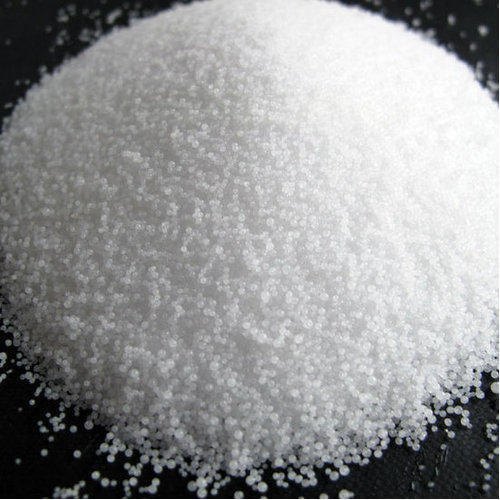
Dense Soda Ash

Dense Soda Ash
Dense soda ash, also known as sodium carbonate, is a white, odorless powder with a high alkalinity level. Widely used in various industrial applications, it serves as a crucial ingredient in the production of glass, detergents, and chemicals. Its dense form indicates a higher concentration of sodium carbonate, making it particularly valuable for applications that demand precise control of alkalinity levels. The versatility and effectiveness of dense soda ash make it an essential component in several manufacturing processes, contributing to the production of everyday products that we encounter in our daily lives.

Sodium Sulphate Anhydrous

Sodium Sulphate Anhydrous
Sodium sulfate anhydrous is a crystalline, white powder with no water content, distinguishing it from its hydrated counterpart. Commonly known as Glauber's salt, it finds extensive use in diverse industries. As a desiccant, it effectively absorbs moisture, making it valuable in the manufacturing of detergents, textiles, and paper. Additionally, sodium sulfate anhydrous plays a role in the production of glass and is employed in chemical processes as a drying agent. Its versatility and ability to remove water make it a significant component in various industrial applications, contributing to the efficiency and quality of numerous products.

Dolomite Lumps/Powder

Dolomite Lumps/Powder
Dolomite, available in both lump and powder forms, is a mineral composed of calcium magnesium carbonate. Recognized for its versatility, dolomite finds applications in agriculture, construction, and the production of refractory materials. Dolomite powder, finely ground from the mineral, is often utilized as a supplementary source of magnesium and calcium in fertilizers, promoting plant growth. In construction, dolomite lumps are valued for their durability and resistance to wear, making them an essential component in concrete and asphalt mixes. With its range of uses, dolomite contributes significantly to various industries, offering both functional and structural benefits.

Lime Stone Lumps/ Powder

Lime Stone Lumps/Powder
Limestone, available in lumps or powder form, is a sedimentary rock primarily composed of calcium carbonate. Widely utilized in construction, agriculture, and manufacturing, limestone is a key raw material for cement production and acts as a neutralizing agent in acidic soils. Limestone powder is employed in industries such as plastics and paints for its binding and brightening properties. In its natural lumps state, limestone is prized for its strength and durability, making it a fundamental component in building materials like concrete. The versatility of limestone, whether in lumps or powder, underscores its importance across various sectors, contributing to the foundation of structures and the enhancement of diverse products.

Sodium Nitrate

Sodium Nitrate
Sodium nitrate is a white, crystalline salt with the chemical formula NaNO3. Widely used in various industries, it serves as a key component in fertilizers, contributing essential nitrogen to promote plant growth. Additionally, sodium nitrate has applications in the food industry as a preservative, particularly in cured meats, where it helps prevent bacterial growth and preserves the color and flavor. Its versatility extends to the production of explosives, glass, and other chemicals. Sodium nitrate plays a crucial role in different sectors, showcasing its significance in agriculture, food preservation, and industrial processes.
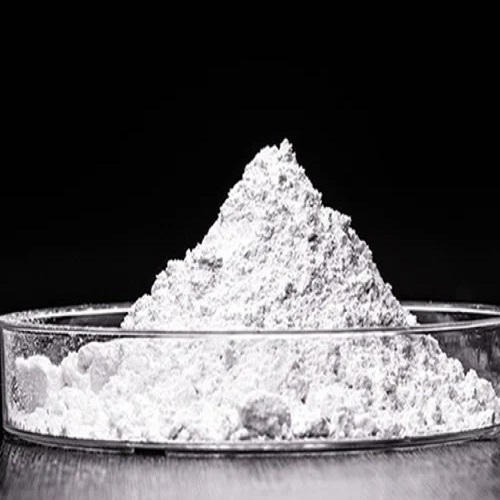
Barium Carbonate

Barium Carbonate
Barium carbonate is a chemical compound with the formula BaCO3. This white, odorless powder is a source of barium, commonly used in the production of various industries, including ceramics, glass, and electronics. In the ceramic industry, barium carbonate acts as a flux, aiding in the reduction of melting temperatures and improving the gloss and durability of glazes. It also finds application in the manufacturing of specialty glass and television glass envelopes due to its ability to absorb X-rays. Additionally, barium carbonate is employed in the preparation of other barium compounds and serves as a component in the production of certain types of rat poisons.
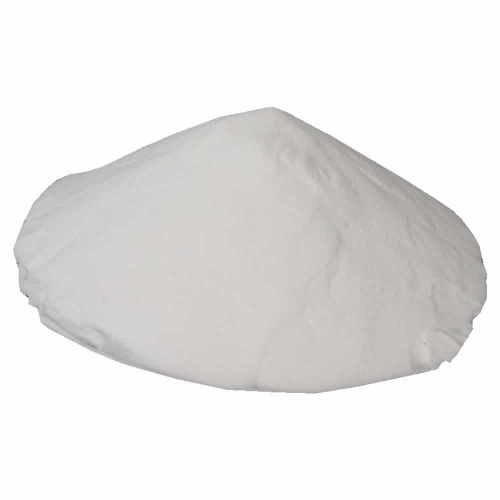
Aluminium Hydroxide

Aluminium Hydroxide
Aluminium hydroxide is a white, gelatinous compound with the chemical formula Al(OH)3. Widely used in industries such as pharmaceuticals, plastics, and flame retardants, it serves as a flame retardant and smoke suppressant in materials like plastics and rubber. In the pharmaceutical industry, aluminium hydroxide is utilized as an antacid to neutralize excess stomach acid. Its flame-retardant properties make it a valuable component in the manufacturing of cables, textiles, and various building materials. The versatility of aluminium hydroxide highlights its significance in enhancing fire safety and its role in medical applications.

Borax Pentahydrate

Borax Pentahydrate
Borax pentahydrate is a crystalline compound with the chemical formula Na2B4O7·5H2O. Commonly known as borax, it is a versatile substance utilized in various applications. In households, borax is often employed as a cleaning agent and laundry booster due to its stain-removing and disinfecting properties. In industries, it finds use in the manufacturing of glass, ceramics, and enamel. Borax pentahydrate is also a crucial component in the production of boron-based compounds, contributing to agriculture as a micronutrient fertilizer. Its multifaceted properties make borax pentahydrate valuable across domestic, industrial, and agricultural domains.

Potassium Nitrate 99%

Potassium Nitrate 99%
Potassium nitrate, with a purity of 99%, is a crystalline salt commonly known as saltpeter. This high-purity form of potassium nitrate is extensively used in diverse applications. In agriculture, it serves as a potent source of both potassium and nitrogen, promoting plant growth and enhancing crop yield. Its presence in the food industry is notable, where it is employed in meat curing and preserving processed foods. Additionally, potassium nitrate 99% purity is a key ingredient in pyrotechnics, contributing to the vibrant colors in fireworks. Its versatility and high purity underscore its significance in agriculture, food processing, and entertainment industries.

Sodium Silico Fluoride

Sodium silicon fluoride
Sodium silicon fluoride, often referred to as sodium fluorosilicate, is a white crystalline powder with the chemical formula Na2SiF6. Widely used in water fluoridation, it helps prevent dental cavities by enhancing fluoride levels in drinking water. This compound is also utilized in the production of aluminum, as a wood preservative, and in some insecticides. Sodium silicofluoride is valued for its stability and effectiveness in various industrial applications, contributing to both public health and the preservation of materials.
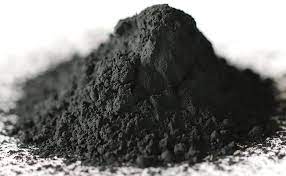
Cobalt Tetroxide

Cobalt Tetroxide
Cobalt tetroxide, with the chemical formula Co3O4, is a black crystalline solid known for its applications in the electronics and ceramics industries. This compound is a crucial component in the production of lithium-ion batteries, where it serves as a cathode material, contributing to the battery's overall performance and stability. Cobalt tetroxide's unique properties also make it valuable in the manufacturing of ceramic pigments and catalysts for chemical processes. Its role in advanced technologies underscores its significance in powering electronic devices and enhancing materials used in various industrial applications.

Coal Powder

Coal Powder
Coal powder is a finely ground form of coal, resulting from pulverizing coal into a powder-like consistency. This substance is a key energy resource used in power generation and industrial processes. In power plants, coal powder is burned to produce steam, which, in turn, drives turbines to generate electricity. Additionally, coal powder is a crucial ingredient in industries such as steel manufacturing, where it is used as a carbon source in the production of coke, a vital component in the iron and steel production process. The versatility of coal powder makes it a fundamental fuel and raw material, playing a significant role in both energy and industrial sectors worldwide.

Copper Oxide

Copper Oxide
Copper Oxide, a compound composed of copper and oxygen, exists in various forms, with cupric oxide (CuO) and cuprous oxide (Cu2O) being the most common. These oxides display distinct colors, black for cupric oxide and red for cuprous oxide. Copper oxide has diverse applications, including its use as a pigment in ceramics and glass manufacturing. In the electronics industry, it is employed in the fabrication of semiconductor devices. Additionally, copper oxide serves as a catalyst in chemical reactions and plays a role in batteries and solar cells. Its versatile properties make copper oxide valuable in a range of technological and industrial processes.
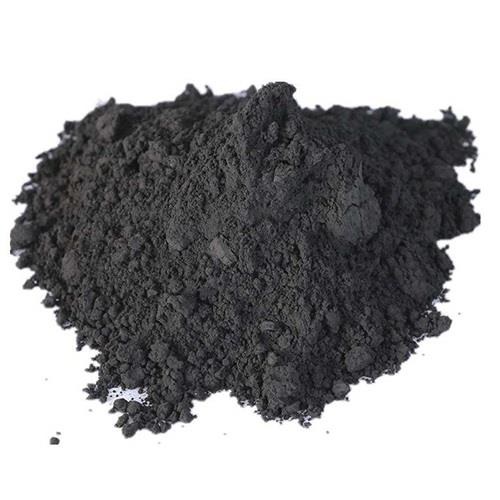
Cobalt Oxide

Cobalt Oxide
Cobalt oxide refers to a compound containing cobalt and oxygen, with cobalt(II) oxide (CoO) and cobalt(III) oxide (Co2O3) being common forms. Cobalt oxide is integral in various applications, particularly as a ceramic and glass pigment, imparting a vibrant blue color. In the realm of batteries, it plays a crucial role in the cathodes of lithium-ion batteries, contributing to their efficiency and stability. This compound is also utilized as a catalyst in certain chemical reactions. Cobalt oxide's versatility and distinctive properties make it valuable in diverse industrial sectors, ranging from electronics to materials science.

Chrome Oxide

Chrome Oxide
Chrome oxide, with the chemical formula Cr2O3, is a green crystalline powder known for its use as a pigment in ceramics, glass, and paints. It provides a durable and vibrant green color, making it popular in artistic and industrial applications. Chrome oxide is also utilized as a corrosion-resistant coating for metals and in the production of refractory materials due to its high melting point and stability at elevated temperatures. Its versatility in both aesthetic and functional roles makes chrome oxide a valuable component in various industries, contributing to the durability and appearance of a range of materials.
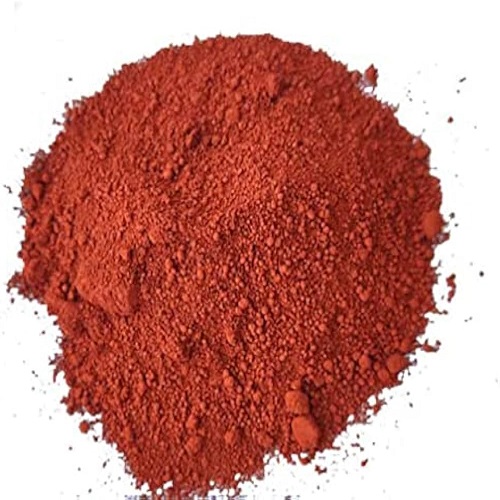
Ferric/Iron Oxide

Ferric/Iron Oxide
Ferric oxide, commonly known as iron oxide, refers to a compound composed of iron and oxygen. It exists in various forms, including rust (Fe2O3), which is a red-brown powder. Iron oxide is widely recognized for its use as a pigment in paints, giving them earthy tones. It also plays a role in the production of polishing agents and abrasives. In the realm of ceramics and construction, iron oxide contributes to the coloration of bricks, tiles, and concrete. Beyond its aesthetic applications, iron oxide serves as a catalyst in certain chemical reactions. Its ubiquity in both natural and synthetic contexts underscores its importance in industries ranging from construction to art and chemistry.
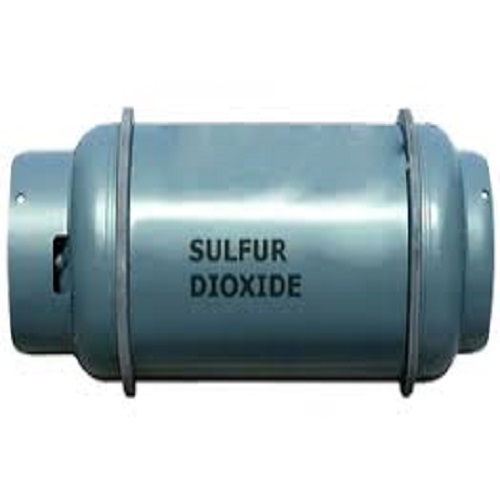
Sulphur Dioxide

Sulphur Dioxide
Sulfur dioxide (SO2) is a colorless gas with a pungent odor, produced primarily from the combustion of sulfur-containing fuels. It plays a significant role in various industries, particularly in the production of sulfuric acid, a crucial chemical for many industrial processes. Sulfur dioxide is also present in the atmosphere due to natural sources and human activities, contributing to air pollution. Despite its negative environmental impact, sulfur dioxide has applications as a preservative in the food industry and as a reducing agent in chemical processes. The dual nature of sulfur dioxide highlights its importance in industrial applications while emphasizing the need to manage its emissions for environmental well-being.

Nitrogen & Silica Tetrahide Gas

Nitrogen & Silica Tetra hide Gas
Nitrogen gas (N2) is a colorless, odorless diatomic molecule, constituting approximately 78% of Earth's atmosphere. It is essential for life, playing a vital role in various biological and industrial processes. Nitrogen is widely used in the production of ammonia for fertilizers, serving a key role in agriculture. Additionally, it finds application in the food industry for packaging and preserving perishable goods. Nitrogen gas is inert and non-reactive under normal conditions, making it suitable for various industrial purposes, such as blanketing and purging in manufacturing processes. Its abundance and versatility make nitrogen gas a crucial component in both natural and industrial settings.
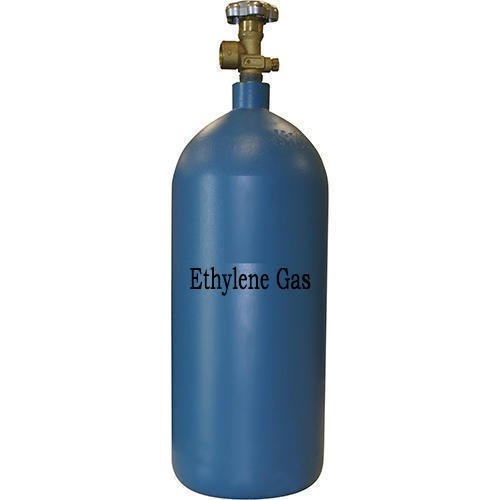
Ethylene Gas

Ethylene Gas
Ethylene gas (C2H4) is a hydrocarbon with a crucial role in the field of agriculture and industry. It is a plant hormone that regulates various physiological processes, including fruit ripening, flowering, and senescence. In agriculture, ethylene is employed to control the timing of fruit maturation and enhance the post-harvest life of certain crops. Industrially, ethylene is a key building block for the production of various plastics, including polyethylene, one of the most widely used plastics globally. Its dual significance in agriculture and industry underscores the versatility of ethylene gas in shaping both biological and material processes.
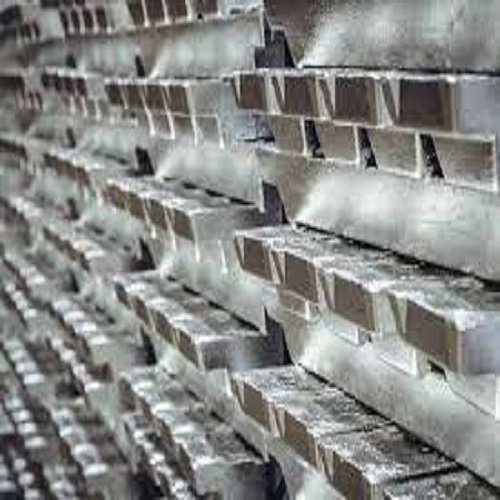
Tin Ingot 99.99%

Tin Ingot 99.99%
A tin ingot with a purity of 99.99% represents a highly refined form of tin metal. This level of purity is often sought after in applications where the presence of impurities must be minimized. Tin ingots of this purity are commonly used in electronics, soldering, and other high-tech industries where the reliability and performance of the material are crucial. The 99.99% purity level ensures that the tin has minimal traces of other elements, making it suitable for applications that demand precision and quality, particularly in the production of electronic components and solder alloys.

Glass Cullet

Glass Cullet
Glass cullet refers to recycled, crushed, and sorted pieces of waste glass, typically obtained from discarded bottles or other glass products. By reusing glass cullet in the manufacturing process, the need for raw materials is reduced, leading to environmental benefits. The cullet is melted and incorporated into new glass products, promoting sustainability in the glass industry. This recycling process not only conserves resources but also helps decrease energy consumption compared to producing glass from raw materials. Glass cullet plays a key role in the circular economy, contributing to a more eco-friendly approach in glass manufacturing.
